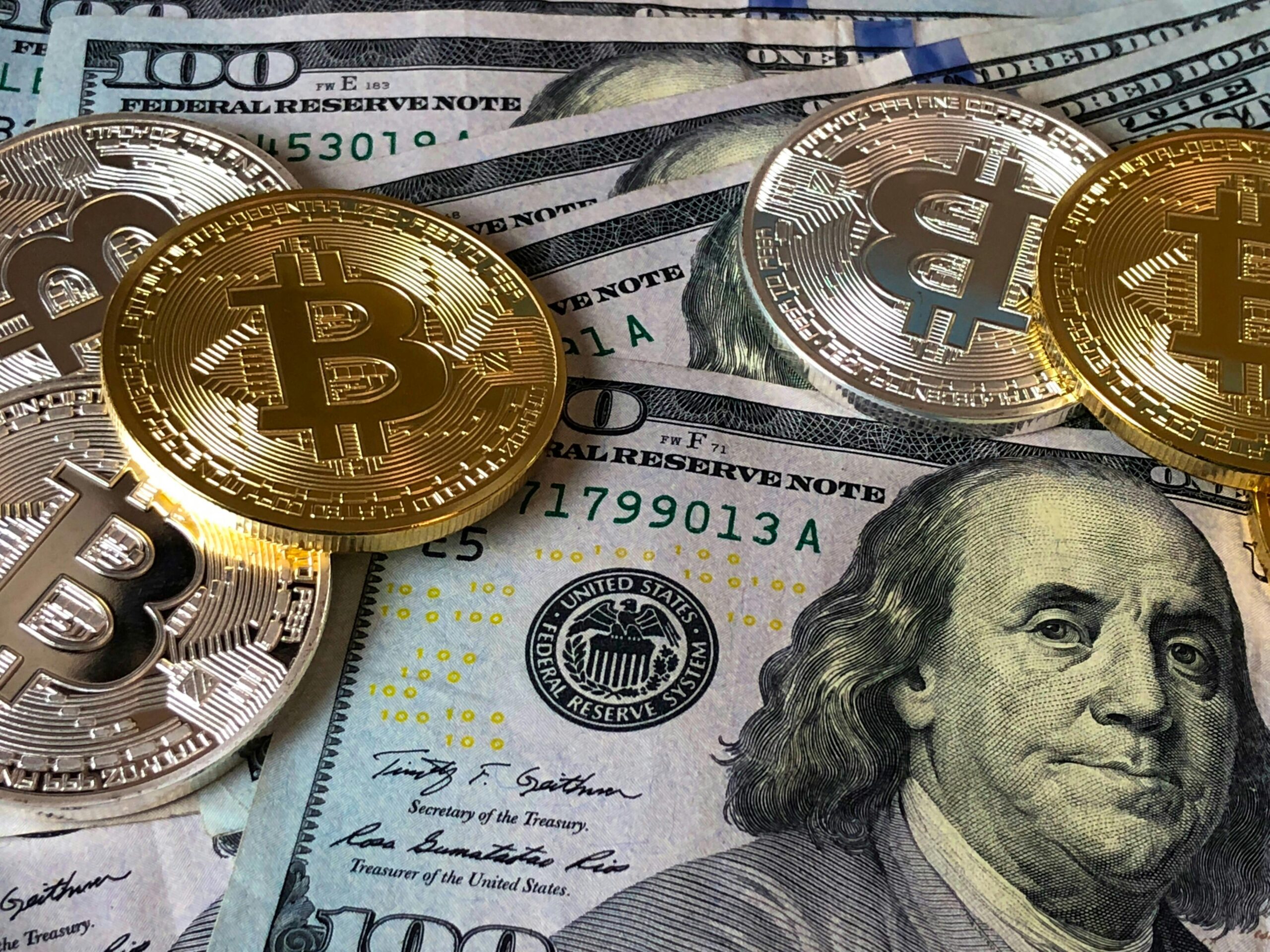
Consumer Impact although inflation has begun to ease in recent months, consumers worldwide remain uneasy about their purchasing power. A June 2023 Oliver Wyman survey of 10,000 individuals across nine countries reveals that many people are still worried about affording essential goods and services, even though sentiment has slightly improved since February.
Consumer Impact these worries are especially common in Germany, the UK, France, and the US, where roughly three out of four consumers report them. The concern is even greater in Brazil, Mexico, and the United Arab Emirates (UAE), where more than 90% of respondents share this view. As outlined below, consumers are adapting their buying habits in response.
Read more about How to earn in online
Read more about Inflation trends across countries
Shopping habits are shifting around the world. Concerns Consumer Impact about inflation are clearly reflected in how consumers approach spending on groceries and essential products. In fact, across all countries, over 80% of survey participants said they have altered their purchasing behavior, with more than 40% cutting back on the amount they buy.
At the same time, Consumer Impact shoppers are actively searching for less expensive options — more than half of respondents said they are choosing lower-cost groceries, such as store-brand items. The UK is particularly notable here, with two-thirds of consumers reporting that they are replacing their usual products with cheaper alternatives. This heightened price sensitivity has also led buyers worldwide to turn to online platforms for more affordable deals (44%) and to make greater use of coupons (41%) in order to save money.
In the Middle East, Consumer Impact a different cost-saving strategy has emerged that is not yet as common in Europe: 43% of UAE consumers said they place bulk orders to reduce expenses. This mirrors a shopping style long established in North America, where households are accustomed to buying in larger volumes, supported by sufficient storage space and the significant discounts available through wholesale retailers.
Bulk purchasing is also gaining strong traction in Asia, though it takes a different form. Platforms like Pinduoduo rely on a group-buying model, allowing shoppers to join together to purchase in bulk. As this trend grows, Consumer Impact it highlights how various regions are adopting innovative approaches to bulk buying in order to maximize savings. In Europe, the Asian group-buying format could prove more suitable than the North American bulk-size model, given the more limited storage space in most homes. For now, however, it has not yet become a widespread trend.
Regional variations can be seen in how consumers prioritize their spending. People are also modifying their purchases of non-essential items. While shoppers are ready to make deeper cutbacks in certain categories due to inflation, some exceptions stand out. Notably, clothing has proven fairly resilient, with almost half of respondents indicating they intend to maintain their usual level of spending.
Travel for leisure also continues to be highly valued. Following extended periods of restrictions, lockdowns, and uncertainty during the pandemic, many individuals appear reluctant to scale back their travel budgets despite rising prices.
When considering regional distinctions: Shoppers in North America are less inclined to reduce their spending on holiday presents, whereas buyers in Europe report they will keep purchasing household appliances. More broadly, people are taking a more deliberate approach toward spending on furniture, vehicles, and home improvements, often choosing to delay these purchases if necessary.
The impact of inflation on consumer spending is expected to remain significant in the near term, especially in categories where buyers are highly price-sensitive and willing to adjust their purchasing habits, such as furniture, automobiles, home improvements, and major appliances (see Exhibit 2). This challenging economic environment also creates an opportunity for retailers and manufacturers that offer strong value-for-money products and prioritize cost efficiency. To take advantage of this situation, companies should proactively review their product portfolios and pricing approaches. For example, they might explore temporary, targeted price cuts. Retailers could also refine their private label offerings to appeal to customers seeking more affordable options. By adopting these strategies, businesses can achieve not only short-term market share gains but also long-term customer loyalty and a stronger competitive position.
- Rising inflation leads to reduced consumer spending
Many shoppers are cutting back due to the rising cost of living. Data from analytics company Kantar indicates that 47% of U.K. consumers have already reduced or plan to reduce their overall spending because of inflation. Similarly, research by intelligence firm Morning Consult finds that 56% of U.S. consumers intend to shop less in general. People are focusing on essential items rather than discretionary or high-priced purchases—around 75% said they would postpone buying electronics, while only 36% said they would cut back on groceries. “Demand for basic necessities has remained relatively strong,” explained Pannuti.
Even so, sales of everyday items are dropping, with major fast-moving consumer goods (FMCG) companies experiencing slower volume growth. According to market research firm NielsenIQ, U.K. supermarket sales volumes fell in July by -9.4% for meat, fish, and poultry, -8.1% for household goods, and -6.4% for packaged foods.
Despite these trends, companies have reported solid second-quarter earnings, largely thanks to price increases. “Businesses are noticing a slowdown in sales volumes, but with price hikes exceeding 10%, the overall effect on revenue is limited. Rising costs are actually providing a boost to profits,” said Pannuti. Unilever is an example: the consumer goods giant achieved 8.1% underlying sales growth in the first half of 2022, driven by a 9.8% increase in prices, while actual volume sales fell by 1.6%.
Rising inflation is driving consumers to opt for own-label products
As a result of inflation, financially stretched consumers are increasingly turning to own-label or private-label products—items sold under a retailer’s brand, usually at a lower cost than major brands. According to management consulting firm McKinsey & Company, roughly 40% of European shoppers have tried a private-label product this year. This shift is particularly noticeable for everyday items such as household essentials (31%), snacks and sweets (27%), frozen foods (29%), and dairy products including eggs (26%).
In line with this trend, supermarkets worldwide are witnessing growing demand for private-label products. Kantar reports that in the U.K., sales of own-brand ranges are rising, especially budget lines like Asda Smart Price and Co-op Honest Value, which each jumped by an impressive 12%. Meanwhile, sales of mainstream brands dropped by 1% during the same period. In the U.S., Walmart is also seeing an increase in the penetration of its private-label products, with the growth rate in food categories doubling in Q2 2022 compared to Q1 2022.
“During 2020 and 2021, private labels generally lost market share as major brands benefited from more robust supply chains and strong consumer preference for trusted names. However, this trend began to reverse in 2022 as the rising cost of living put pressure on households,” explained Pannuti. “Private labels are now recovering after two years of declining market share.”
In Europe, private-label products are surpassing pre-pandemic levels, particularly in food categories such as ice cream, yogurt, and soups, according to estimates from J.P. Morgan. While they are still generally below pre-COVID levels in the U.S., gains are being seen in 29 of 47 key categories, including hygiene products (like paper towels and toilet paper), bottled water, and baby food. Clearly, shoppers are searching for more affordable options for everyday necessities—a trend likely to continue amid ongoing inflationary pressures.
The impact of inflation on living expenses is expected to vary significantly by region.
According to J.P. Morgan Research, Europe is likely to experience the greatest cost-of-living pressure due to its high exposure to geopolitical risks and accelerating inflation. “Although Europe has generally performed well so far, conditions are set to become more challenging in the second half of 2022, as rising energy prices put further strain on household budgets and the benefits from economic reopening diminish,” explained Pannuti. Consequently, consumers in this region may be more inclined to opt for cheaper alternatives.
By contrast, households in the Americas are expected to be in a stronger position. “The U.S. has proven the most resilient market throughout both the pandemic and the recent period of rising inflation. Latin America has been highly dynamic, maintaining strong pricing and steady sales volumes,” Pannuti added.
The situation in Southeast Asia is more varied. Some countries, such as Vietnam, have seen consumer confidence improve, while others, like Thailand, face declining confidence as government support programs taper off. “Overall, economic activity in Southeast Asia has picked up compared to the past two years of subdued growth,” noted Pannuti.
Consumer confidence tends to be higher in emerging markets, which are still recovering from the slowdown caused by COVID-19. “In many of these markets, inflation is a regular occurrence, and people are accustomed to managing its effects,” Pannuti said.
In summary, although the effects of inflation are uneven, it remains a global concern. It will continue to influence living costs, shaping consumer sentiment and spending patterns in the months ahead.
Inflation is the general rise in the Consumer Price Index (CPI), which represents a weighted average of prices for various products. The composition of this index depends on which items are considered typical in a standard consumption basket. Therefore, depending on the country and the spending habits of most people, the index will include different goods. Some items may see their prices fall, while others may rise, so the overall CPI value is determined by the relative weight of each product in the basket.
The inflation rate indicates how quickly prices are increasing. For instance, annual inflation measures the percentage change in the CPI compared to the same month of the previous year. A declining inflation rate is called disinflation, while a decrease in prices is known as deflation.
Multiple factors influence inflation. A tight labor market can create wage pressures, pushing prices upward. Higher interest rates typically slow down inflation. Government actions also play a role: subsidies can lower the cost of certain products for consumers, while increased taxes or fiscal stimulus can raise inflation. The exchange rate affects inflation by changing the buying power of a country’s currency. Global commodity prices, such as oil and gas, impact domestic price levels. Finally, supply limitations, like import restrictions, can increase the cost of certain goods and contribute to higher inflation.





